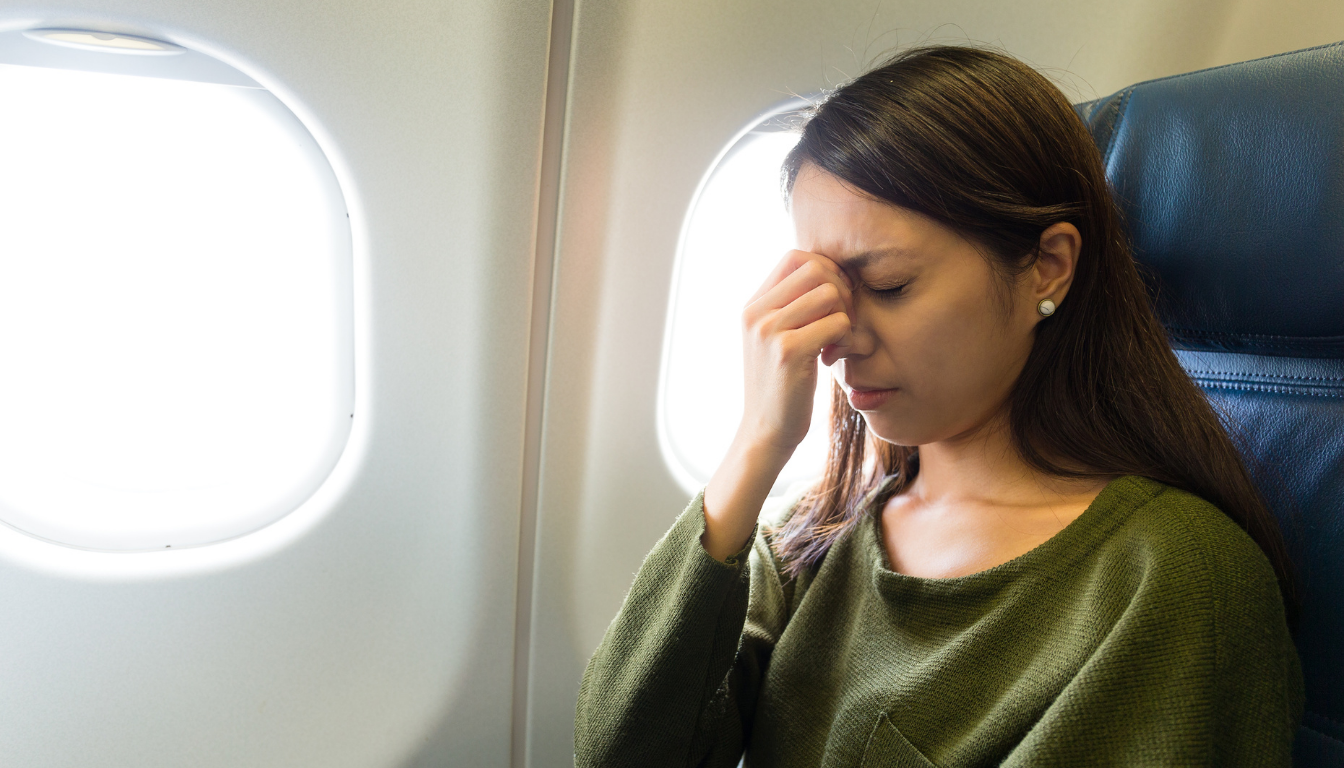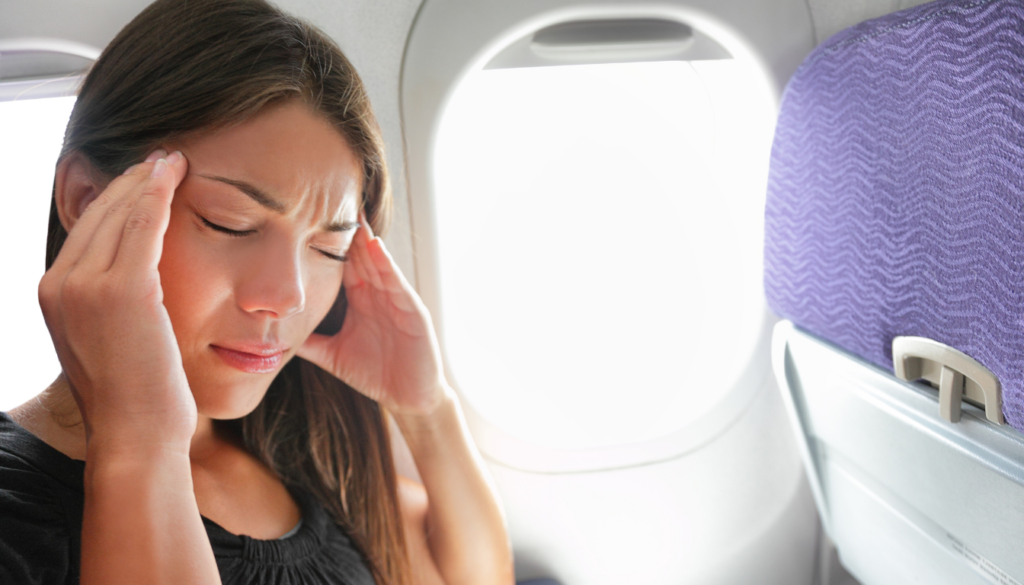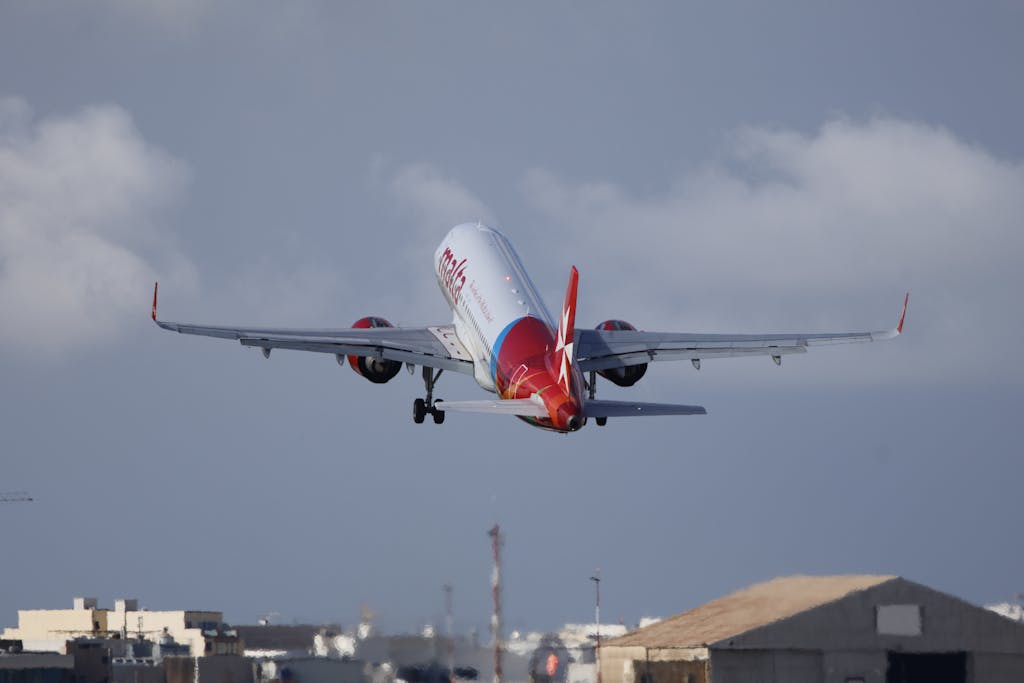Soaring High: 7 Proven Strategies to Conquer Your Fear of Flying

For many people, the thought of boarding an airplane sparks a sense of anxiety, panic, or even terror. Whether it’s the thought of being confined in a small space, the fear of turbulence, or the general unease about being so high up in the sky, a fear of flying is a real and common issue. In fact, it’s estimated that approximately 25% of people experience some level of flight anxiety, and about 2-3% of people suffer from a true fear of flying (aviophobia).
But here’s the good news: overcoming the fear of flying is possible. Whether you’re someone who’s afraid of flying long distances or you can’t even make it past the airport without feeling nervous, you don’t have to let this fear control your life. In this article, we’ll explore 7 proven strategies to help you conquer your fear of flying once and for all.
Let’s break down the science, psychology, and actionable tips that will guide you toward more peaceful, anxiety-free travel.
Understanding the Fear of Flying: Why Does It Happen?
Before we dive into solutions, it’s important to understand what might be causing your fear of flying. There’s no one-size-fits-all reason, as everyone’s experience with flight anxiety is different. However, there are a few common triggers.
The Psychology Behind Fear of Flying
The fear of flying is typically rooted in a psychological reaction to stress. Some people might have developed this fear after a traumatic flight experience, such as turbulence or a near-miss incident. For others, it could be tied to a general fear of losing control. When you’re on a plane, you’re entirely dependent on the pilots and flight attendants, which can exacerbate feelings of helplessness. For individuals who already struggle with a fear of losing control, this lack of autonomy can feel overwhelming. However, overcoming this fear is possible. The Power of Solo Female Travel: Empowerment, Adventure, and Growth discusses how reclaiming a sense of personal empowerment can help individuals manage fears during travel. Additionally, traveling with a loved one can provide much-needed reassurance. 10 Best Vacation Spots for Couples to Rekindle Romance highlights destinations where couples can embark on relaxing trips, fostering a sense of security during flights. For those looking to plan their travels around calmer times, The Best Time to Travel to Brazil offers advice on the optimal seasons for smooth flights, which might help alleviate travel-related anxieties.
Physical Triggers of Flight Anxiety

Another major contributor to flight anxiety is the body’s response to being in a confined space at high altitudes. The lack of oxygen, pressure changes, and turbulence can all feel physically uncomfortable, which exacerbates fear. Additionally, many people experience claustrophobia during flights, especially in smaller planes or seats that feel too tight.
Fear of the Unknown
For many, the fear of flying is based on an irrational fear of the unknown. Air travel involves complex systems that can be intimidating to those who aren’t familiar with how planes work. The noise, the take-off, the height, and the idea of flying through a cloud of turbulence are all things that can trigger anxiety.
Common Symptoms of Flight Anxiety
Symptoms of a fear of flying can range from mild nervousness to full-blown panic attacks. You may experience:
- Shortness of breath
- Rapid heartbeat
- Sweating
- Dizziness
- Nausea
- Feeling out of control
These symptoms can feel overwhelming, but knowing that they are common and manageable can help you begin to take control over your fear.
7 Proven Strategies to Overcome Your Fear of Flying

Fear of flying can feel debilitating, but it’s important to remember that overcoming it is a gradual process. Let’s dive into 7 proven strategies that can help you overcome flight anxiety and regain control over your travel experiences.
1. Acknowledge Your Fear: Understanding Your Anxiety Around Air Travel
The first step in overcoming your fear of flying is acknowledging that the fear exists. Ignoring or pretending your anxiety isn’t there will only make it worse in the long run. Facing your fear head-on is crucial in taking control of your emotions and finding ways to cope with them.
Begin by acknowledging what triggers your anxiety. Is it the thought of turbulence? The fear of being trapped in a small space? Once you identify the specific aspects of flying that make you anxious, it will be easier to address them.
Some ways to acknowledge your fear:
- Journaling: Write down your thoughts and emotions around flying to better understand where they come from.
- Talking About It: Speaking to someone you trust about your fear can help validate your feelings and allow you to approach the problem more objectively.
2. Educate Yourself: Learning How Airplanes Work to Ease Your Mind
Knowledge is power, and when it comes to conquering the fear of flying, learning how airplanes work can significantly ease your anxiety. Many people fear flying because they don’t fully understand how air travel works or how safe it is.
Did you know that airplanes are designed to be one of the safest modes of transportation in the world? In fact, statistics show that flying is far safer than driving a car. Airlines adhere to strict safety regulations, and planes undergo frequent maintenance checks to ensure they are in top condition. Switzerland Travel Guide: The Ultimate Adventure Awaits can provide some exciting reasons to take to the skies and explore new places without fear.
In addition, turbulence is completely normal and usually poses no real danger. Planes are built to handle turbulence, and pilots are highly trained to navigate through it smoothly. The Best Places to Spend 3 Months in Europe can help you imagine all the adventures waiting for you, shifting the focus away from the discomfort of flying.
Understanding these facts can help reduce the anxiety that stems from uncertainty and irrational fear. With these reassuring facts in mind, you’ll be more equipped to 10 Must-Visit Destinations Before You Die: The Ultimate Travel Bucket List, encouraging you to take the next step in overcoming your fear of flying.
3. Practice Relaxation Techniques: How Deep Breathing Can Help Combat Anxiety
One of the most effective ways to manage flight anxiety is through relaxation techniques, such as deep breathing and meditation. When you begin to feel anxious, focusing on your breath can help slow your heart rate and calm your mind.
Try these deep breathing exercises:
- Inhale deeply for 4 seconds, expanding your diaphragm.
- Hold the breath for 4 seconds.
- Exhale slowly for 6 seconds.
- Repeat this process several times to regain a sense of calm.
Mindfulness and meditation can also be powerful tools. By practicing these techniques before your flight, you can condition your body and mind to remain calm during stressful moments.
There are numerous apps and resources available to guide you through mindfulness exercises. Try apps like Calm or Headspace, which offer guided meditation specifically for calming nerves during travel.
4. Gradual Exposure: Start Small to Build Confidence in the Skies
Sometimes, the best way to overcome your fear of flying is to face it gradually. This technique, known as gradual exposure therapy, involves slowly and methodically increasing your exposure to flying to build confidence.
If you’re nervous about flying, start by taking short, domestic flights. Choose flights that are no longer than 1-2 hours in duration. The goal is to start with less intimidating experiences to help you build tolerance to the anxiety.
Here’s how you can use gradual exposure to reduce your flight phobia:
- Step 1: Visit an airport and observe the boarding process.
- Step 2: Take a short flight, even if it’s just to a nearby city.
- Step 3: Gradually increase the length and complexity of your flights as your confidence grows.
This approach allows you to face your fear in small, manageable steps, so it doesn’t feel overwhelming.
5. Talk to the Flight Crew: How They Can Help Calm Your Nerves
If you’re feeling anxious about flying, don’t be afraid to speak up. Flight attendants and pilots are trained to handle nervous passengers, and they can help provide reassurance throughout your journey.
Here are a few ways the flight crew can help:
- Pre-flight reassurance: Let the crew know before take-off that you feel nervous. They’ll make extra efforts to comfort you and check in during the flight.
- During turbulence: If turbulence makes you uneasy, the flight attendants can give you updates on the situation and help calm your nerves.
- Focus on safety: Hearing about the safety procedures from the crew might give you more confidence in the airplane’s ability to handle any situation.
Flight crews are there to ensure your safety and comfort, so never hesitate to let them know you’re feeling uneasy.
6. Distract Yourself: Using Entertainment to Overcome Flight Anxiety
When you’re anxious, it can be hard to focus on anything other than your fear. That’s why distraction is a great strategy for reducing flight anxiety. The more you engage your mind in something else, the less you’ll focus on your fear.
Here are some ways you can distract yourself during the flight:
- Movies and TV shows: Many airlines offer in-flight entertainment that can keep you absorbed during the flight.
- Music and podcasts: Bring your favorite tunes or listen to a podcast to keep your mind off the flight.
- Reading: A good book or magazine can be an excellent way to escape the reality of the plane for a while.
- Puzzles and games: Bringing a puzzle book or downloading fun games on your phone can help take your mind off flying.
The key is to find something that fully captures your attention, so you don’t have time to dwell on your anxiety.
7. Seek Professional Help: When Therapy Can Be the Solution for Flight Phobia
If your fear of flying is severe or preventing you from traveling, it might be time to seek professional help. Cognitive-behavioral therapy (CBT) is a widely used and effective treatment for phobias, including a fear of flying. In CBT, a therapist works with you to identify and challenge irrational thoughts about flying, replacing them with more realistic and calming beliefs. This process has proven successful for many individuals in overcoming their flying phobia.
In some cases, virtual reality therapy, where you’re exposed to simulated flights in a safe and controlled environment, has shown promising results for reducing aviation anxiety. Gradually acclimating yourself to the experience of flying through this technique may help you feel more in control.
Exploring new destinations can be a motivating factor to conquer your fear. For example, The Power of Solo Female Travel: Empowerment, Adventure, and Growth offers inspiration for women traveling solo and overcoming challenges like flying anxiety. The empowerment gained through solo travel can provide the confidence needed to overcome flight-related stress and enjoy the journey.
The Final Takeaway: Overcoming Your Fear of Flying Is Possible
Overcoming the fear of flying is a journey, not a quick fix
. However, with the right strategies and patience, it is entirely possible to gain control over your flight anxiety and enjoy air travel without fear.
Remember:
- Acknowledge your fear and face it head-on.
- Educate yourself on the safety of flying to ease irrational worries.
- Use relaxation techniques and gradual exposure to build confidence.
- Don’t hesitate to reach out for help from flight crews or professionals if necessary.
Flying is one of the safest ways to travel, and once you conquer your fear, you’ll be able to explore the world without the anxiety holding you back.
Conclusion:
Conquering the fear of flying isn’t something that happens overnight, but with the right mindset and tools, you can soar high with confidence. Try out these 7 strategies, and soon you’ll find that the skies are less intimidating and more of an exciting opportunity to explore new places.
Have you struggled with a fear of flying? Which strategies worked best for you? Let us know in the comments below!






